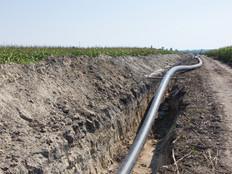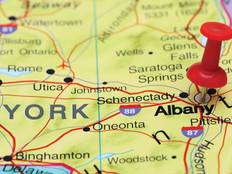How Governments and Schools Are Teaming Up to Provide Broadband
The situation in much of the country is dire in terms of access to broadband. As Fast Company notes, according to a new study by Common Sense Media, of the country’s 51 million K–12 students, “up to 15 million either had no home broadband service or lack service that can handle the demands of online classes, such as hours of videoconferencing per day.” Additionally, up to 400,000 teachers “also lack adequate connections,” Fast Company reports.
Communities are tackling the problem in varying ways, with some providing at-home internet access to students free of charge and others offering hotspots and other more limited solutions.
For an example of a more systematic fix, in Chattanooga, Tenn., the city and the school district in Hamilton County, where Chattanooga is the county seat, have struck a partnership whereby the “municipally owned power and telecom provider EPB will provide more than 28,000 students with free high-speed internet service at home,” Smart Cities Dive reports.
The program is aimed at low-income students who qualify for the federal free or reduced-price meal programs at school. Two-thirds of the students in Hamilton County fall into that category, according to Smart Cities Dive. Households that qualify for the program will receive a free router and access to broadband with download speeds of 100 megabits per second.
In neighboring Kentucky, the Daviess County Emergency Management Agency, Daviess County Fiscal Court, Owensboro Public Schools and Daviess County Public Schools are teaming up to give students access to the internet.
The DCEMA and the court are “working with area volunteer fire stations to install routers so that families can have access to Wi-Fi from the parking lot,” the local Messenger-Inquirer newspaper reports.
“The goal here is to ensure that all Daviess County students have access to the internet,” DCEMA Director Andy Ball tells the newspaper. “We are looking to install a device that will transmit a signal outside of the building so families can pull into the parking lot and gain access to the assignments or information that the student needs.”











